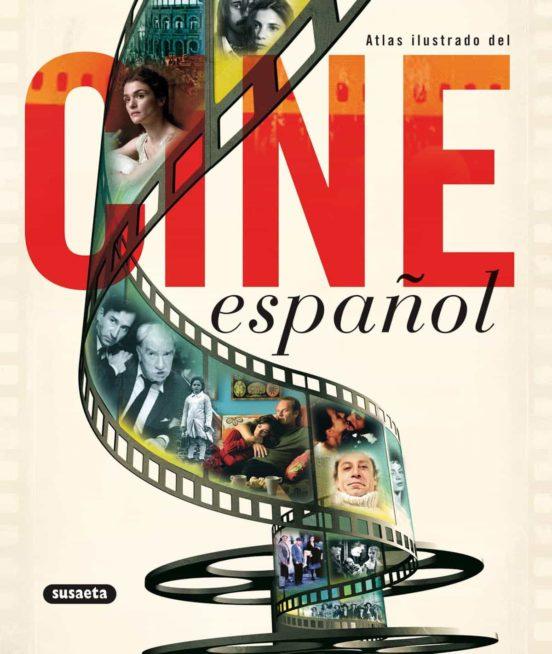The first jewels of Spanish cinema
The first jewels of Spanish cinema
Although there are testimonies of the existence of previous shootings such as 'Departure from the public of the parish church of Santa María de Sans' that he made Fructuoso Gelabert in 1896, and several films that rolled in 1897 and 1898 the Coruña photographer José Sellier Loup (such as the ''Burial of General Sánchez Bregua 'and' Landing of the wounded of Cuba in our port '), the oldest documentary in the history of Spanish cinema that is preserved is a recording made in 1899 by the Aragonese Eduardo Jimeno Correas, entitled' Departure fromThe Mass of 12 of the Church of the Pilar de Zaragoza '.It was an emulation of what the Lumière had been doing in their first recordings: ‘Exit from the workers of a factory’, ‘arrival of a train to the station’, etc..The first films shot in Spain collected these types of events together with celebrations of cultural and political parties and acts, tragic episodes such as floods or accidents, and social acts.
The first jewels of Spanish cinema
The first fiction film made by a Spanish filmmaker was even prior to the exit of the Mass of the Pilar de Jimeno Correas, although it is not preserved.This is ‘Riña in a coffee’, and is dated 1897.The Rodó Fructuoso Gelabert with a camera that he had manufactured.Given the deterioration of this first cinematographic document, the same Gelabert rolled a new version in 1952, which is the one that is preserved.Gelabert ratified the date of 1897 of the first version in an article in the foreground magazine published in 1940.

Documentary and fiction were the genres that from these first years nurtured Spanish cinema, as was the case in cinematographies around the world.On many occasions, by not having real images, filmmakers recreated events that had happened with professional actors and very perfected models.This is the case of a reconstructed railroad accident in ‘Train shock’ (1902) per second chomón, one of the most important filmmakers in international film history.Chomón was a genius of assembly and special effects, and was the first to colored the frames of some of his films.In the recreation of the murder in 1912 by José Canalejas actor Pepe Isbert embodied the murderer Manuel Pardiñas.
Although the potential of fiction was already in some of the first shots of the Lumière as in 'The Regadora Regadado', in which the possibilities of the new medium for the playful expression are used, the first long -term films did not appear until theearly twentieth century with filmmakers such as Georges Méliès ('Journey to the Moon', 1902) and the American Edwin S.Porter (assault and theft of a train ’, 1903), which began a nascent cultural industry with diverse genres: sports, erotic, action, humorous, dramatic...In Spain the theater and the zarzuela were the main sources of the scripts of the first long -term cinema, which concentrated its industry in the city of Barcelona thanks to Catalan filmmakers such as Gelabert, Chomon and Ricard Barrios.In the first twenty years of the century there were already 28 film producers in Spain, most of them in Catalonia, which premiered more than 240 films.During the dictatorship of Primo de Rivera the nascent film industry moved to Madrid, which replaced Barcelona, Bilbao and València as central headquarters of the new media.In Madrid, a powerful film industry began supported by businessmen such as Eduardo GimenMadrid, which is my town '), Alberto Arroyo (' Pilar Guerra ') or Manuel Noriega (' problem solved ').Folkloric films and popular dramas nurtured the main cinematographic productions of the 20of films such as 'La Verbena de la Paloma' by José Busch, 'La Casa de la Troya' by Lugín and 'The cursed village' by Florian Rey, all of them mute.
The first feature film of the Spanish sound cinema was ‘The mystery of the Puerta del Sol’, by Francisco Elías, a 1929 film that could only be screened in the few rooms that were enabled with equipment to reproduce the sound.Some of the first tapes of Spanish sound cinema were recreations of great successes of the mute cinema stage, such as 'Morena Clara' (1936) in a new version of Florian Rey, or 'La Verbena de la Paloma' (1935), nowDirected by Benito Perojo, who began in Spain a golden age that flourished during the Second Republic with works by Luis Buñuel, Luis Marquina, Edgar Neville or Rosario Pi, and that the civil war, like so many other things, came to interrupt abruptly.









1589